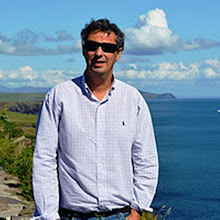Sinhalese, an Indo-Aryan group make up 73.8% of the population (according to 1981 census) and are concentrated in the densely populated southwest and central parts of the Island. The Sri Lanka Tamils, a Dravidian group, live predominantly in the northeast of the island forming the largest minority group at 12.6% (according to the 1981 census) of the population. The Sri Lankan population after 1981 census are based on estimations given that large areas of northern Sri Lanka were under LTTE control and that large numbers of Tamils have fled abroad. See Sri Lankan Tamil diaspora.
There are also Indian Tamils who form distinct ethnic group which comprises 5.1% of the population. The British brought them to Sri Lanka in the 19th century as tea and rubber plantation workers, and they remain concentrated in the "tea country" of south-central Sri Lanka. In accordance with a 1964 agreement with India, Sri Lanka granted citizenship to 230,000 "stateless" Indian Tamils in 1988. Under the pact, India granted citizenship to the remainder, some 200,000 of whom now live in India. Another 75,000 Indian Tamils, who themselves or whose parents once applied for Indian citizenship, now wish to remain in Sri Lanka. The government has stated these Tamils will not be forced to return to India, although they are not technically citizens of Sri Lanka.
The Moors, who descend from Arab traders that settled in Sri Lanka, form the third largest ethnic group at 7.2% of the population. They are mostly concentrated in urban areas in the southern parts of the island with substantial populations in the Central and Eastern provinces. During times of Portuguese colonization, Moors were persecuted, and many forced to retreat to the central highlands and the eastern coast.
Smaller minorities include the Malays who descent from South East Asian settlers, and the Burghers, who are descendants of European colonists, principally from Portugal, the Netherlands and the UK.







0 comments:
Post a Comment